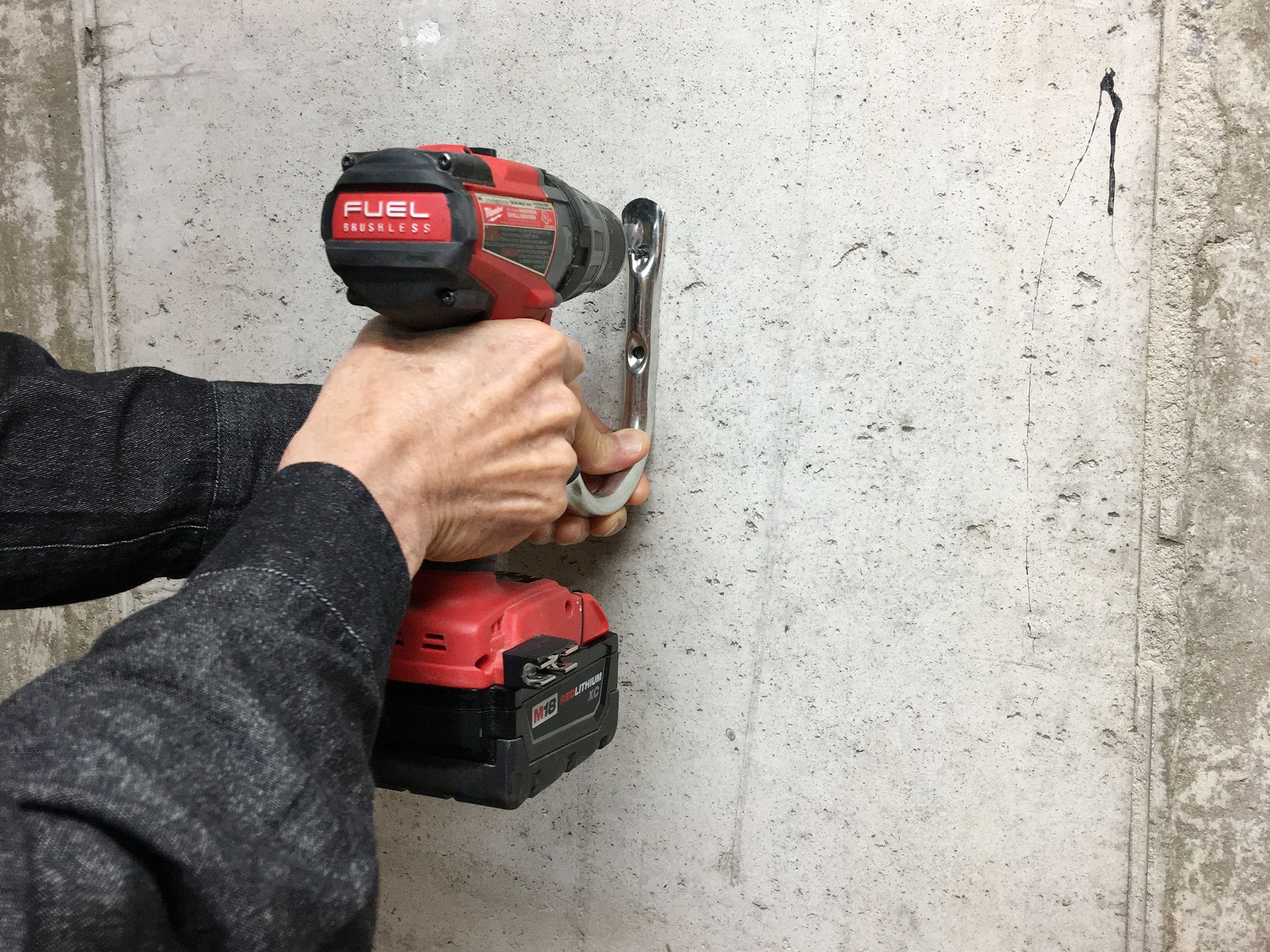Among flowering plants, begonias flamboyantly reign supreme with their vibrant blooms and captivating foliage.
Among the diverse begonia family, wax begonias and fibrous begonias stand out as popular choices for both indoor and outdoor spaces.
While these two varieties share the same genus, Begonias, they each possess unique characteristics that set them apart.
In this article, I’m going to take some time to explain wax begonias and fibrous begonias to you and all you need to know about them.
Kindly read through.
Table of contents
- What is Begonia?
- What is the main difference between Wax Begonia and Fibrous Begonia?
- Which type of begonia is better for hanging baskets?
- Which begonia variety is better for indoor planting?
- Do Wax Begonias and Fibrous Begonias require different care?
- Can I plant Wax Begonias and Fibrous Begonias together in the same garden bed?
- What pests and diseases should I watch out for?
- Are there any specific soil requirements for planting Wax or Fibrous begonias?
- Frequently Asked Questions
- Conclusion
- References
- Recommendations
Read Also: How to Draw a Fairy Easy | Simple Guidelines to Initiate
What is Begonia?
Begonia is a genus of flowering plants that includes over 1,800 different species.
These beautiful and diverse plants are known for their colorful flowers and attractive foliage, making them popular choices for gardens and indoor spaces.
Begonias come in a wide range of shapes, sizes, and colors, so there’s sure to be a variety that suits your taste and space.
What is the main difference between Wax Begonia and Fibrous Begonia?
Wax begonias and fibrous begonias are two popular types of begonias, known for their vibrant blooms and ease of care.
While they share the same genus, there are some key distinctions between these two flowering plants.
Appearance and Growth Habits
Wax begonias, also known as Begonia semperflorens, are characterized by their glossy, wax-coated leaves that come in various shades of green, bronze, or red.
They typically have a compact, mounding growth habit, reaching heights of around 8–12 inches.
Fibrous begonias, on the other hand, feature a more upright, bushy growth pattern, growing up to 12–18 inches tall. Their leaves are typically larger and more textured, lacking the waxy sheen of wax begonias.
Flowering and Bloom Types
Both wax begonias and fibrous begonias produce an abundance of colorful flowers throughout the growing season.
Wax begonias typically display single blooms in a wide range of colors, including red, pink, white, orange, and yellow. Their flowers are relatively small, measuring about 1-1.5 inches in diameter.
Fibrous begonias, on the other hand, tend to bear larger flowers, around 2 inches in diameter and often come in double or semi-double blooms. Their color range is similar to wax begonias, with vibrant shades of red, pink, white, orange, and yellow.
Care and Cultivation
Both wax begonias and fibrous begonias thrive in warm, humid environments and prefer well-draining soil with a slightly acidic pH.
They require regular watering, ensuring the soil remains moist but not soggy. Both types benefit from moderate sunlight but avoid exposing them to direct afternoon sun, which can scorch their leaves.
Uses in Landscaping
Wax begonias are often used as bedding plants, adding a splash of color to borders, edging, and flower beds. Their compact size makes them ideal for containers, hanging baskets, and window boxes.
Fibrous begonias, with their taller stature, are well-suited for filling in garden beds, providing a vibrant backdrop for other flowering plants.
Which type of begonia is better for hanging baskets?
Wax begonias, with their trailing habit and compact growth, are generally better suited for hanging baskets. Their smaller blooms and waxy leaves add a delicate touch to hanging arrangements.
Which begonia variety is better for indoor planting?
When it comes to indoor planting, the begonia variety that is often recommended is the Rex begonia.
Known for its striking and colorful foliage, the Rex begonia thrives in indoor environments with bright, indirect light and consistent humidity.
Its unique leaf patterns and vibrant colors make it a popular choice for adding a pop of color to indoor spaces.
Another great option for indoor planting is the Angel Wing begonia. With its attractive, angel-shaped leaves and delicate flowers, this variety adds a touch of elegance to any indoor setting.
It prefers well-draining soil and moderate light, making it an ideal choice for indoor gardening enthusiasts looking for a low-maintenance yet visually appealing plant.
Do Wax Begonias and Fibrous Begonias require different care?
Yes, Wax Begonias and Fibrous Begonias do have some differences in their care requirements. While both plants belong to the Begonia family and share some similarities, they have distinct needs when it comes to care.
Wax Begonias prefer bright, indirect light and well-draining soil, while Fibrous Begonias thrive in more shaded areas and require consistently moist soil.
Additionally, Wax Begonias are more tolerant of dry conditions compared to Fibrous Begonias, which need a bit more attention when it comes to watering.
In all, both types of begonias are relatively low-maintenance and can bring a pop of color to your indoor or outdoor space with the right care.
Can I plant Wax Begonias and Fibrous Begonias together in the same garden bed?
Yes, you can plant Wax Begonias and Fibrous Begonias together in the same garden bed. Both varieties of begonias are known for their beautiful flowers and lush foliage, and they can complement each other well in a garden setting.
Wax Begonias are great for adding pops of color with their waxy, shiny leaves and vibrant blooms, while Fibrous Begonias offer a variety of flower colors and thrive in shady areas.
When planting them together, make sure to provide well-draining soil and ample sunlight for optimal growth.
You can also mix in some organic matter like compost to enrich the soil and promote healthy growth for both types of begonias.
Read ALSO: How to Draw a Pumpkin: Artistic Tips for Autumn Illustrations
What pests and diseases should I watch out for?
When it comes to gardening, there are a few common pests and diseases that you should keep an eye out for.
One of the most notorious pests is the aphid, which can quickly infest your plants and stunt their growth. Keeping an eye out for yellowing or curling leaves can be a sign of aphid presence.
Another common pest is the whitefly, which can also cause damage to your plants by sucking out their sap.
Common pests include aphids, mealybugs, and thrips.
In terms of diseases, powdery mildew and blight are two to watch out for. Powdery mildew appears as a white powdery substance on the leaves and stems of your plants, while blight causes dark spots and wilting on the foliage.
Regularly inspecting your plants for signs of these pests and diseases can help you catch them early and take appropriate action to protect your garden.
Are there any specific soil requirements for planting Wax or Fibrous begonias?
Yes, Wax and Fibrous begonias have specific soil requirements that are important for their growth and health. These begonias thrive in well-draining soil that is rich in organic matter.
A good potting mix for these plants should be light, airy, and have a slightly acidic pH level.
It’s also important to ensure that the soil is kept consistently moist but not waterlogged, as these begonias do not tolerate soggy conditions.
Adding some perlite or sand to the soil mix can help improve drainage and prevent waterlogging.
Overall, providing a nutrient-rich, well-draining soil will create an ideal environment for your Wax or Fibrous begonias to flourish.
Read ALSO: How to Change Apple Watch Band: Personalizing Your Device
Frequently Asked Questions
No, both types of begonias are tender plants and cannot tolerate frost. They should be brought indoors or protected from frost during cold weather.
Yes, they can be planted together, but consider their growth habits and spacing requirements to ensure they have enough space to thrive.
Yes, begonias attract a variety of pollinators, including bees, butterflies, and hummingbirds, which help ensure pollination and fruit set.
Conclusion
Wax begonias and fibrous begonias are both excellent choices for adding color and vibrancy to gardens and containers.
Their ease of care and diverse bloom colors make them popular among gardeners of all levels.
When choosing between the two, consider your desired growth habit, flower size, and preference for single or double blooms.
With proper care, these flowering beauties will bring lasting beauty to your outdoor spaces.





